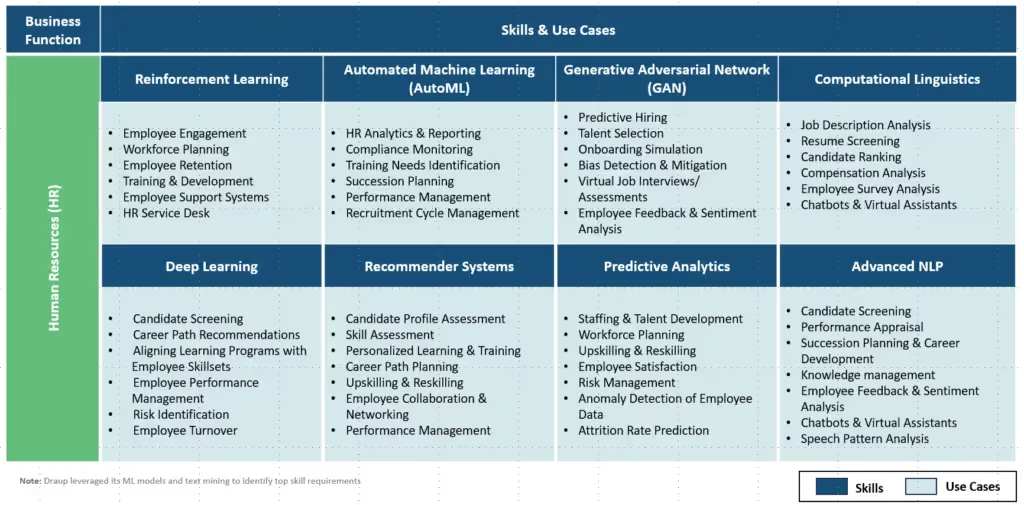AI and the Evolution of Work: Unraveling the Lump of Labor Fallacy
In economics, there is a theory called the Lump of Labor Fallacy. This fallacy is the misconception that there is a finite amount of work—a lump of labor—to be done within an economy that can be distributed to create more or fewer jobs. Here is what technologist and investor Andreessen Horowitz says about it in his blog – Why AI will save the world. (it is a great blog, so I encourage you to read the same)
“The Lump Of Labor Fallacy flows naturally from naive intuition, but naive intuition here is wrong. When technology is applied to production, we get productivity growth – an increase in output generated by reduced inputs. The result is lower prices for goods and services. As prices for goods and services fall, we pay less for them, meaning we now have extra spending power to buy other things. This aspect increases demand in the economy, which drives the creation of new production – including new products and new industries – which creates new jobs for the people who were replaced by machines in previous jobs. The result is a larger economy with higher material prosperity, more industries, more products, and more jobs.”
There are counterviews to this, and the world is still trying to figure out the impact, but as HR leaders, we have to be optimistic and visionaries in charting the course of Humans. After all, we are Human Resources!
An interesting case study from Pessimists Archives gave me a lot of inspiration. Richard Arkwright (23 December 1732 – 3 August 1792) was an English inventor and a leading entrepreneur during the early Industrial Revolution. He is credited as the driving force behind the development of the spinning frame, known as the water frame after it was adapted to use water power, and he patented a rotary carding engine to convert raw cotton to a ‘cotton lap’ before spinning. He was the first to develop factories housing mechanized carding and spinning operations.
Initially, it was estimated that 5,200 spinners using spinning wheels and 2,700 weavers, totaling 7,900 individuals, were involved in producing cotton textiles. Despite opposition to Arkwright’s invention based on concerns about threatening the workers’ livelihoods, what was the actual impact on employment in the industry? Surprisingly, after twenty-seven years following the invention, the number of individuals engaged in spinning and weaving cotton had dramatically increased to 320,000, marking a remarkable growth of 4,400 percent.
How can this significant surge in employment be explained in light of the initial fears about job displacement caused by the invention? The answer lies in enabling more people to enter the profession by making technology accessible and inclusive. This growth is exactly what Generative AI can enable for Enterprises.
As I contemplate the demand in the digital sector alone, it is remarkable to note that just last year, there was a significant shortage of over 3 million skilled professionals. That means there is that much workload that is not accomplished. Now is a perfect time to burn the backlog of initiatives by using innovative technologies. We also have much work to do in the inclusion area. This information is supported by the World Economic Forum’s latest report. Their findings on the Global Gender Gap, which encompass a consistent sample of 145 countries covered in both the 2022 and 2023 editions, indicate that the overall score has improved only by 0.3 percentage points, rising from 68.1% to 68.4%.
Within human resources, different technologies will enable impact. Here is a table that Draup developed for AI impact in HR and where HR can make a significant positive impact using these models

Green Tech, Edge Computing, Continuous Innovation in Fintech, Generative AI COEs, Chip Shortage Solutions, Supply Chain Diversification, and Language Skills Addition are the key enablers for location strategy in 2023. Some examples of this trend:
- In Norway, cities like Bergen, Trondheim, and Stavanger are becoming emerging cities for green and fintech talent
- The need to be closer to the revival of manufacturing is enabling locations in the Midwest in the US to gain momentum for growth
- Chip production diversification is new facilities to be set up in India
- Revolutionary sustainability efforts toward creating cities like Neom in Saudi Arabia are opening up new possibilities
- Supply chain diversification is enabling talent growth in Vietnam, Bangladesh, India, and several other locations
Overall, we are pretty excited about HR’s role under emerging circumstances. If we plan the initiatives correctly, we can accelerate transformation and adaptation and make the enterprises genuinely care for a great workplace.










.svg)




















.svg)





.svg)
